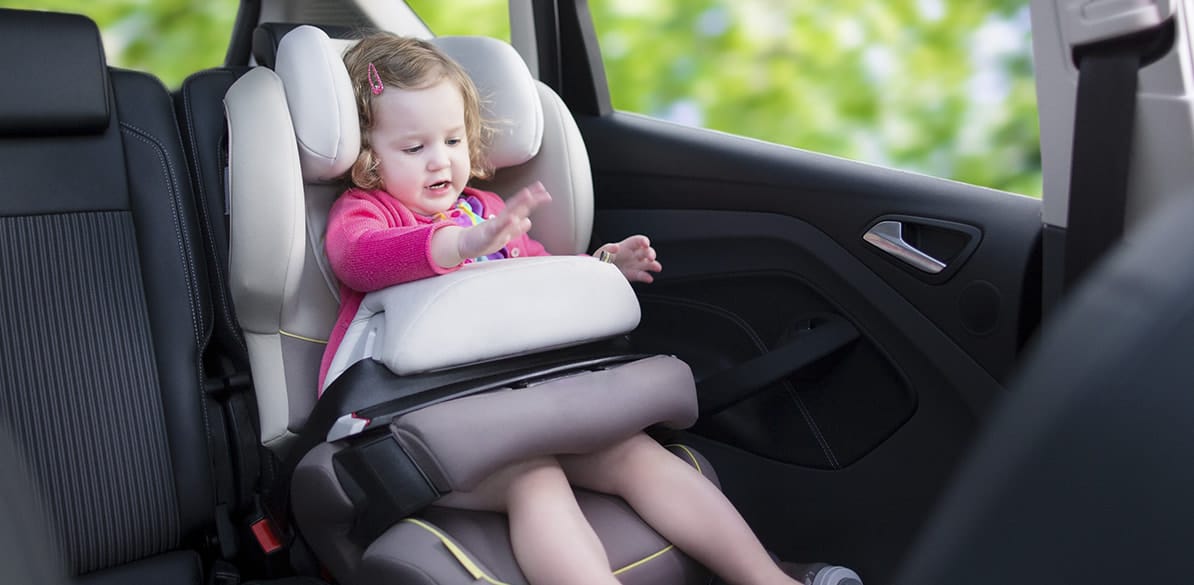What should I know about Child Restraint Systems?

However, children cannot use the car seat belt directly, as it does not adapt well to their size, being still very small. For this reason, it may not hold them securely or may even cause injuries (for example if the upper band is too close to their neck or if the lower band is placed above the abdomen), or at least put them in danger (if the child is not comfortable, for example because they cannot bend their legs, they will tend to slip forward).
This is why it is mandatory that children use a child restraint system for cars. In Spain, since October 1, by law, all children whose height is equal to or less than 135 cm must use a CRS; they must travel in the back seats of the vehicle; and they cannot go in the front passenger seat (with a few exceptions: when the rear seats are already occupied by children under 135 cm, when the car has no back seats, or when a CRS cannot be fixed in the rear seats).
Bear in mind that there is no single child restraint system, since children are growing constantly from babies to adolescents, so the car seat has to adapt to their age, height and weight. Remember that the child has to fit in the seat: the head must not protrude above the backrest or headrest.
At the moment there are two regulations in force for approved child seats. Both are equally valid, and you can buy perfectly legal and safe chairs under either regulation (it essentially affects you at the time of buying a seat and when it comes to changing the seat as the child grows).
The old standard is known as ECE R44, and will become obsolete in 2025.
As a summary, bear in mind that you can find baby seats and seats for young children, each with their own harness or similar system, and booster cushions or booster seats, with or without a backrest, to be used with the car’s own seat belt for older children. All these types are equally known as child restraint systems.
There are seats that can be placed in the direction of travel (facing forward) and seats for placing in the opposite direction to travel (backwards). All laboratory tests show that it is safer for children, especially the youngest ones, to face backwards, because in the event of sudden deceleration (braking or accident), the force on the body from inertia is lower, and the head, neck and back are well supported by the back of the chair.
Up to the age of two, it is highly recommended that children face backwards, and this is always the case as long as their height permits (i.e. they can fit in the chair) up to the age of four; in other words, the longer the better.
In addition to always using a child seat appropriate to the child’s age, height and weight, even for a very short trip, whether in town or on the highway, it is very important that it is correctly installed in the car seat.
Some child seats are fastened in place with the car’s own seat belt. Read the assembly instructions well, and make sure that the belt is tight and the seat is firm.
There are other seats that are not fastened with the belt but include two lower mechanical anchors called ISOFIX, which affix the seat to steel rings that protrude from the car seat. These seats usually also include a third anchor point: a hook strap called a Top Tether, or a lower support leg.
Remember, there are no excuses for not using child restraint systems. Not only because it is mandatory and you can be fined, but because the safety and protection of children must always determine your actions behind the wheel.
